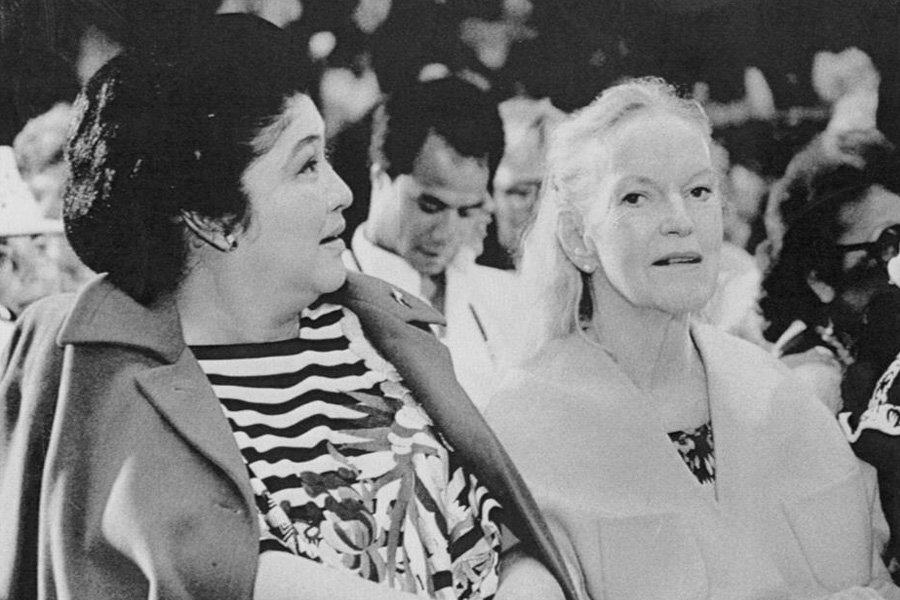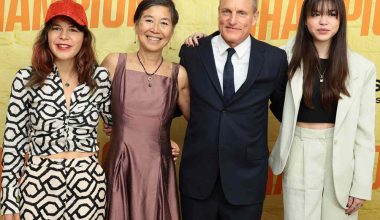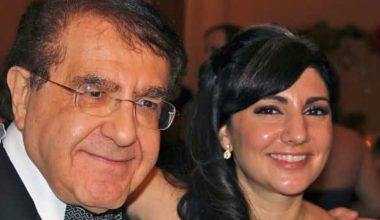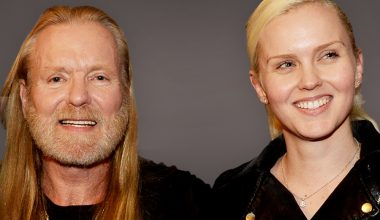Basic Information
| Field | Detail |
|---|---|
| Full name | Charlene Gail Heffner |
| Also known as | Chandi Heffner |
| Notable public event | Adult adoption by heiress Doris Duke (1988) |
| Major legal resolution | Reported settlement with Doris Duke’s estate — roughly $65 million (mid-1990s) |
| Adoptive family ties | Adoptive daughter of Doris Duke; legally connected to the Duke family lineage (James B. Duke, Nanaline) through adoption |
| Public roles / interests | Equestrian life, small-scale philanthropy, former spiritual/performing background (reported) |
| Public notoriety era | Late 1980s – 1990s (highest media attention) |
Family & Close Relationships — An Introduced Table
| Name | Relationship to Charlene Gail Heffner | Short introduction |
|---|---|---|
| Doris Duke | Adoptive mother (adult adoption, 1988) | The tobacco heiress and philanthropist whose late-life adoption of Charlene became one of the most unusual social stories of the era. |
| James Buchanan Duke | Adoptive grandfather (via Doris Duke) | Patriarch of the Duke fortune; in the legal sense his place in the family tree extends to Charlene after the adoption. |
| Nanaline (Holt) Inman | Adoptive grandmother (via Doris Duke) | Matriarchal figure in the Duke family lineage who, by extension of the adoption, is part of Charlene’s adoptive ancestry. |
| Bernard Lafferty | Associate within Doris Duke’s household | The longtime butler and confidant in Duke’s inner circle — a personality often mentioned in accounts of the household dynamics. |
| Other household associates | Various attendants, aides, and local associates | Names and roles changed with time; many figures appear in contemporaneous reporting of the Duke household and the ensuing estate discussions. |
Early life and public persona — the set-up (pre-1988)
If this story were a film, the opening would be a grainy, half-remembered montage: small-town beginnings, a brush with spiritual communities, dance floors and stables — then an entry into a gilded world. Charlene Gail Heffner appears in public accounts as someone who lived a modest life before entering Doris Duke’s orbit: spiritual practice and performing arts get mentioned in the same breath as horses and a quietly cultivated love of animals. Exact birth details and early-family records are variously reported; what matters for the public story is the pivot in 1988, when the private life became headline material.
The adult adoption — 1988, unusual and headline-grabbing
The adult-adoption moment is the hinge. In 1988, Charlene was legally adopted by Doris Duke — an act that, on paper, made her an heir and placed her inside one of America’s most famous dynastic trees. That single legal gesture rewrote relationships: suddenly the name Charlene Gail Heffner was legally bound to the Dukes — to James B. Duke and Nanaline — though the emotional ties proved far more complicated than the documents. The adoption is the kind of cinematic beat that fuels tabloid scripts: older mogul, chosen companion, heirs who watch and worry.
The falling out, the estate, and the settlement — numbers and chronology
Doris Duke died in 1993; what followed was a dense, legal fog. Disputes over will interpretation, promises alleged and denied — these are the mechanics of estate drama, but the headline figure is simple and stark: by the mid-1990s, the contest that grew around Duke’s last wishes culminated for Charlene in a reported settlement of about $65 million. That number — six, five, and a stack of zeros — became the defining financial fact in press profiles and the shorthand for Charlene’s public fortunes thereafter. Still, a settlement doesn’t reveal a ledger: trusts, charitable gifts, property, taxes and legal fees all complicate any attempt to convert that figure into a neat “net worth” snapshot.
Career, interests, and public life after the settlement
Post-settlement, the image most often associated with Charlene is not Wall Street but pastureland: equestrian pursuits, a horse farm, small-scale philanthropy, and the quieter life of someone who’d moved from headline rooms into barns and rescue missions. Reports describe foundation activity and animal rescue projects — modest, hands-on work rather than corporate empires. The public footprint shrank; the narrative shifted from courtroom drama to quieter stewardship, with occasional flashes of publicity when the past reappeared in retrospectives.
The cast around her — family members and household figures as characters
Think of the Duke household as a stage with a rotating ensemble: Doris Duke as the star and patron, Charlene as the late-player who rewrote roles by legal fiat, and figures like Bernard Lafferty as the stage managers of daily life. James Buchanan Duke and Nanaline are background pillars — names that tether the story to industry and lineage. Outside that core are the attendants, aides, and local hands — people who appear in the texture of reporting, often unnamed but essential to the everyday drama.
Dates and numbers, quick-reference
- 1988 — Legal adult adoption of Charlene Gail Heffner by Doris Duke.
- 1993 — Doris Duke’s death.
- Mid-1990s — Reported legal settlement with Duke’s estate, approximately $65,000,000.
- 1990s onward — Period of greatest media attention; later years marked by private life and local philanthropic activity.
FAQ
Who is Charlene Gail Heffner?
Charlene Gail Heffner — often called Chandi — is the woman who was legally adopted as an adult by heiress Doris Duke in 1988 and later involved in estate litigation that produced a high-profile settlement.
What was her relationship with Doris Duke?
She was adopted by Doris Duke late in Duke’s life, a move that made them legally mother and daughter and later spurred disputed claims after Duke’s death.
Did Charlene receive money from the estate?
Yes — public reporting describes a settlement reached in the mid-1990s that was reported to be about $65 million.
Who are her adoptive family members?
Legally, her adoptive family includes Doris Duke (mother) and, by extension, members of the Duke family such as James B. Duke and Nanaline as adoptive ancestors.
Was she involved in philanthropy or work after the settlement?
Reports associate her with equestrian life, animal rescue, and small-scale charitable activity rather than corporate leadership.
Is she a public figure today?
Her public visibility declined after the intense journalism of the 1990s; she is less prominent in national headlines but remains a figure tied to a famously dramatic estate story.
Are the early-life details firmly established?
Some details of her early life and pre-adoption family background are variably reported and not consistently presented across accounts.
Did the disputes involve other household figures?
Yes — household associates and attendants are frequently mentioned in accounts of the Duke domestic circle, and several played visible roles in the public narrative around the estate.



